|
|
|
click here for the Paper Lion Reunion
 |
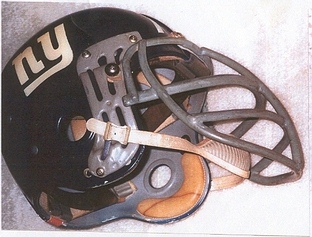 |
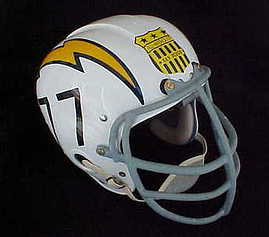 |
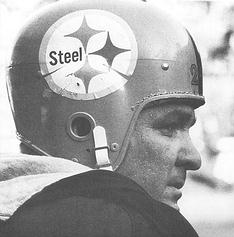 |
Hey Doc, it's been awhile since I strained your brain but I am back with some more questions for you, after I say that the past year for Helmet Hut has been amazing. Lot's of big projects and publicity! I have been spreading the word about the site and the company every time I meet a new football fan and collector, and everybody goes wild when they see your repros and authentics. I hope 2004 is even better for you all! Now, on with the question...
What was the story behind the strange "NY" logo the Giants used (I believe for one season in the 70's)? Why the change? Why was it short-lived (aside from the obvious: that it was ugly)? Do you have any pics of that one? I have had a very hard time getting a good, clear image of it.
Thanks so much, Michael Wall, Cleveland TN
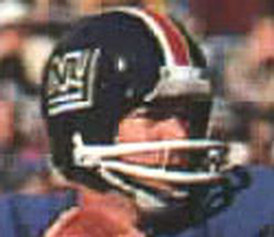 |
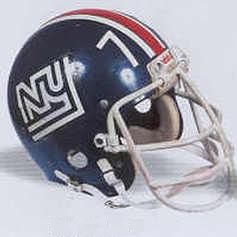 |